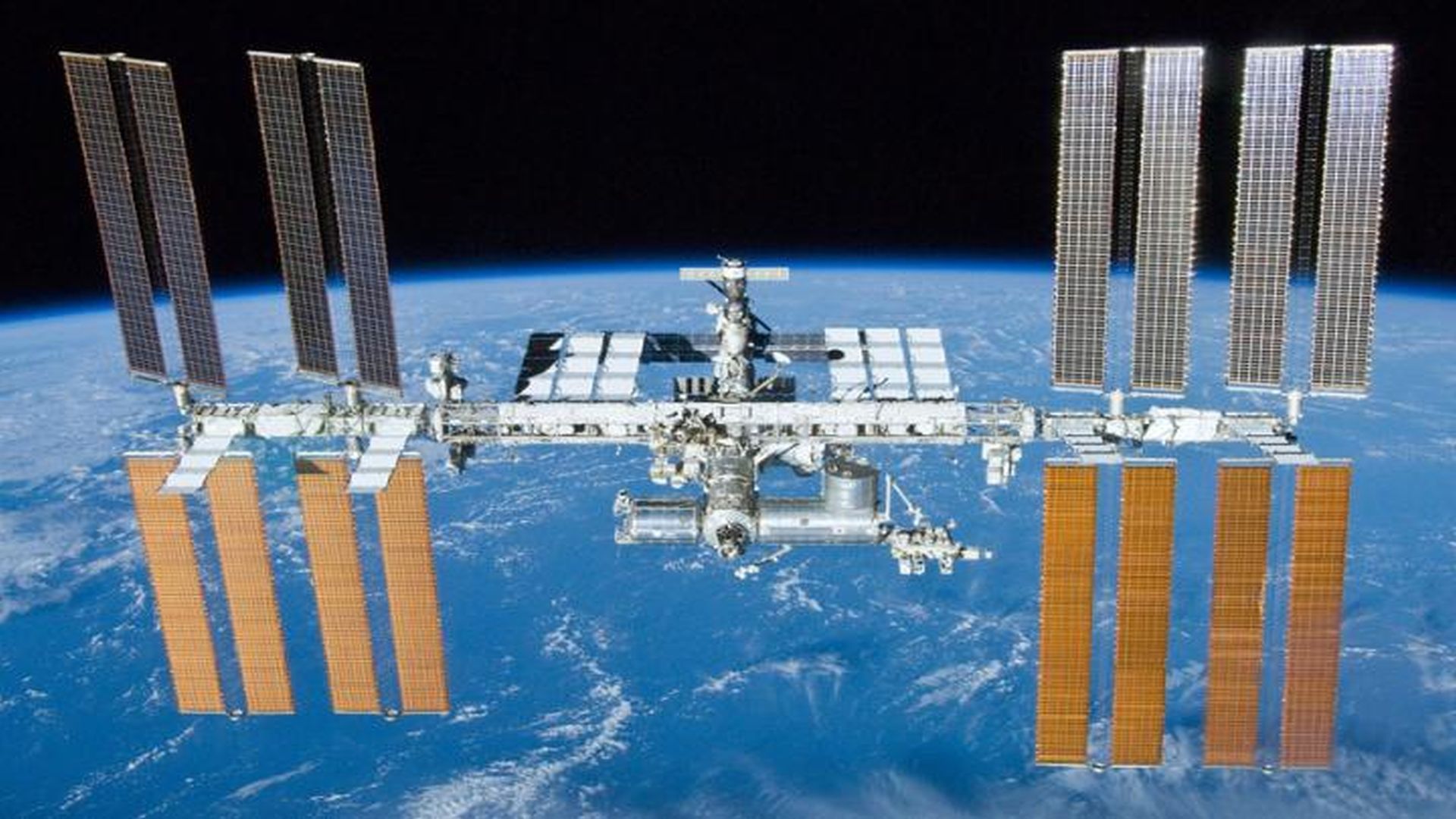The Bacterial Community on the International Space Station Resembles Homes


UC Davis researchers collaborate on a census of microbial life on the International Space Station. Courtesy of NASA
Microbiologists at the University of California, Davis who analyzed swabs taken by astronauts on the International Space Station (ISS) and compared them with samples from homes on earth as well as the Human Microbiome Project found that the microbial community in this unique habitat was very diverse and more closely resembled that of homes than of humans.
This study, titled "A microbial survey of the International Space Station (ISS)" was published Dec. 5 in PeerJ, a peer-reviewed open access journal.
This work was part of a nationwide citizen science project called Project MERCCURI. The project is a collaboration between UC Davis and other organizations including Science Cheerleader, a group of current and former professional cheerleaders pursuing careers in science and math.
Previous work from the same Project MERCCURI team sent 48 bacterial samples, collected around the country, to the ISS and described a bacteria that grew better in space than on Earth.
Now the researchers analyzed bacteria found on 15 locations on the ISS and highlighted some of the thousands of species they found there. They then compared their data on the species to published data sets from two other projects: the "Wildlife of Our Homes," study, which evaluated home microbiomes, and surveys of human body sites from the Human Microbiome Project.
"So 'is it gross?' and 'will you see microbes from space?' are probably the two most common questions we get about this work," said author David Coil, a microbiologist at UC Davis. "As to the first, we are completely surrounded by mostly harmless microbes on Earth, and we see a broadly similar microbial community on the ISS. So it is probably no more or less gross than your living room."
Regarding finding microbes from space, "Since the ISS is completely enclosed, the microbes inside the station come from the people on the ISS and the supplies sent to them," he said.
Jenna Lang, former postdoctoral scholar at UC Davis and lead author on the study, agreed.
"The microbiome on the surfaces on the ISS looks very much like the surfaces of its inhabitants, which is not surprising, given that they are the primary source," she said. "We were also pleased to see is that the diversity was fairly high, indicating that it did not look like a 'sick' microbial community."
Jonathan Eisen, professor of medical microbiology and immunology and of ecology and evolution at UC Davis and another author on the study, believes Project MERCURRI studies have a lot of value.
"Studying the microbial diversity on the ISS is not only of relevance to space exploration but also serves as an important comparison to buildings on Earth because the ISS has many novel features such as limited influx of microbes," he said.
Source: UC Davis
Robust infectious disease surveillance, including rapid subtyping of influenza A, is essential for early detection, containment, and public health reporting of novel viral threats.